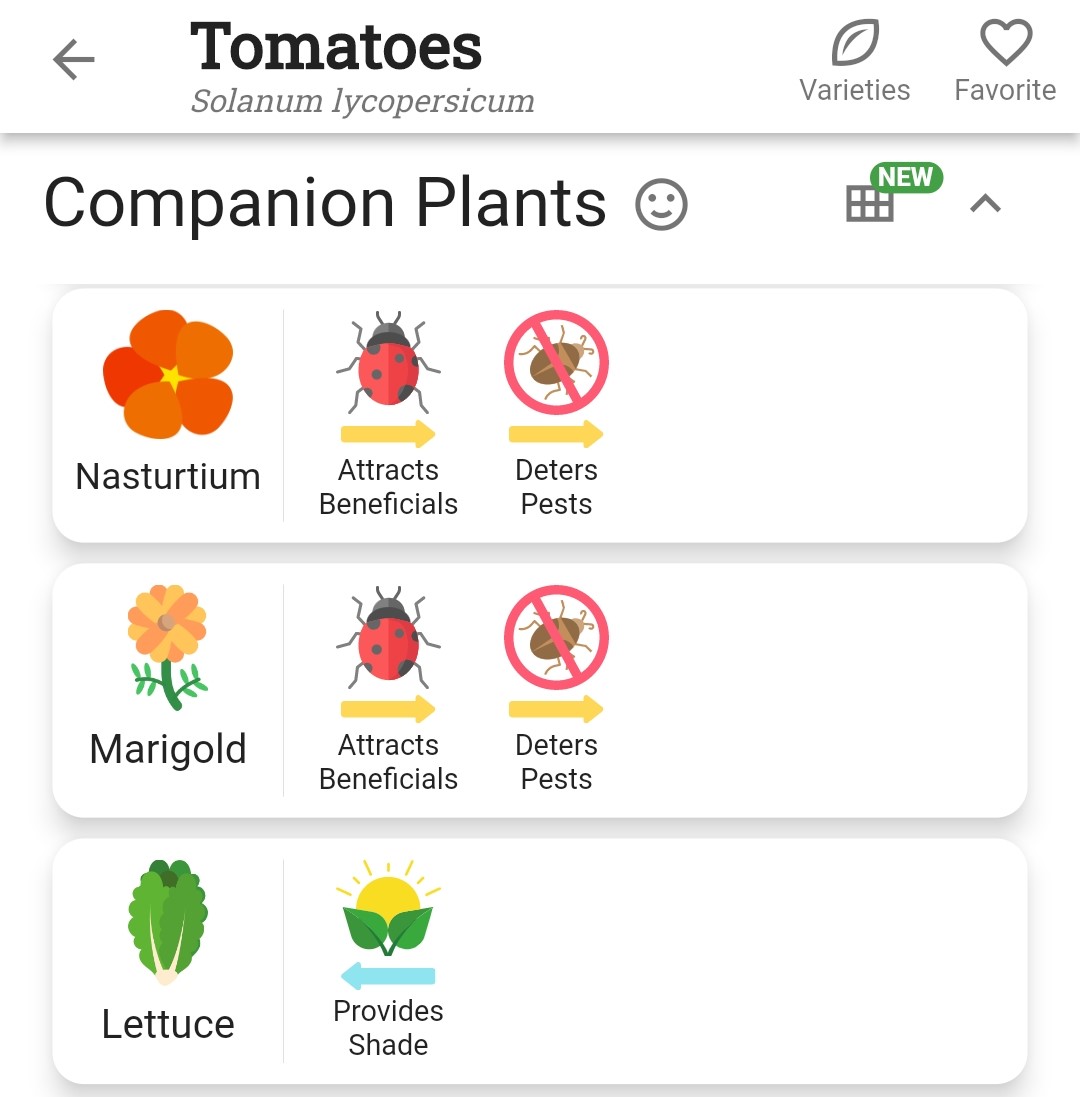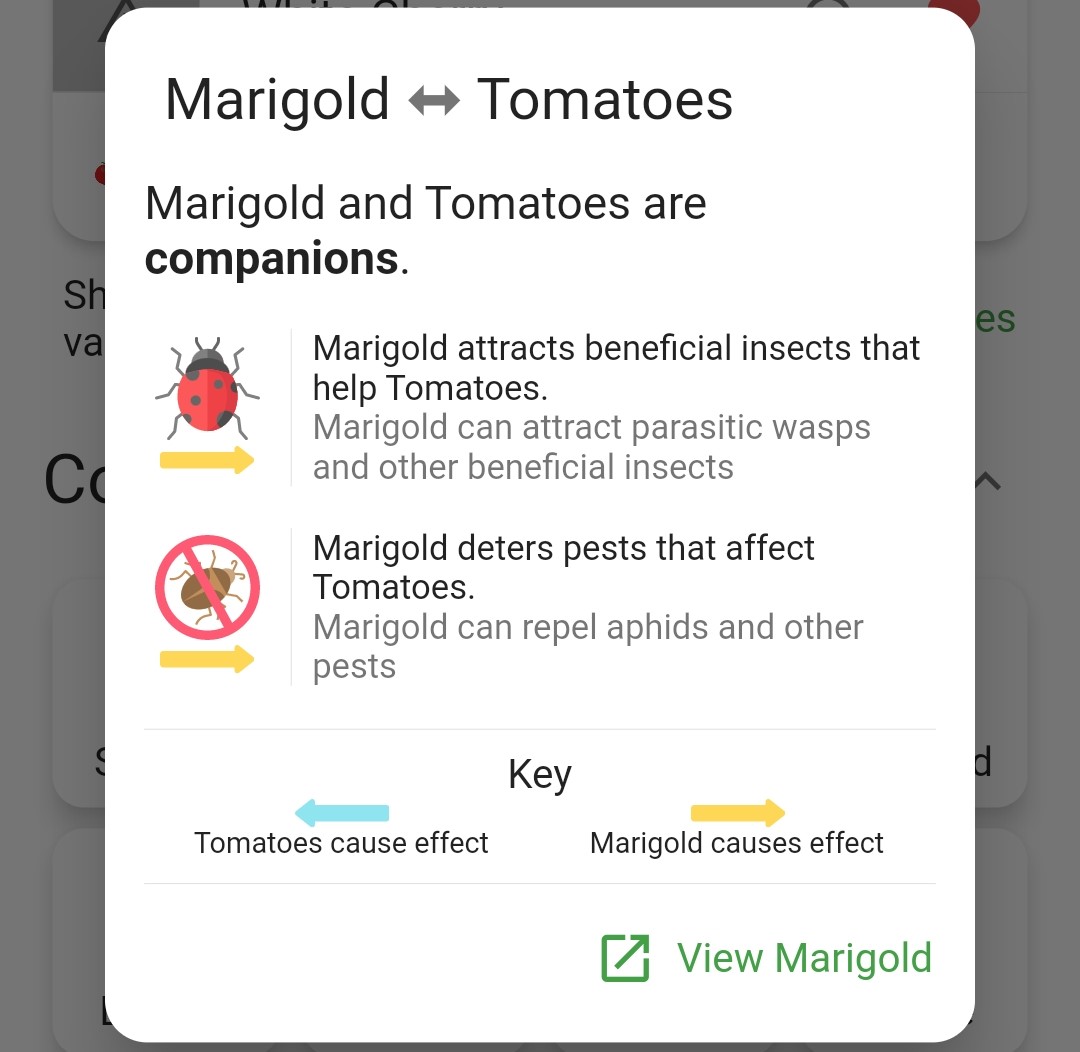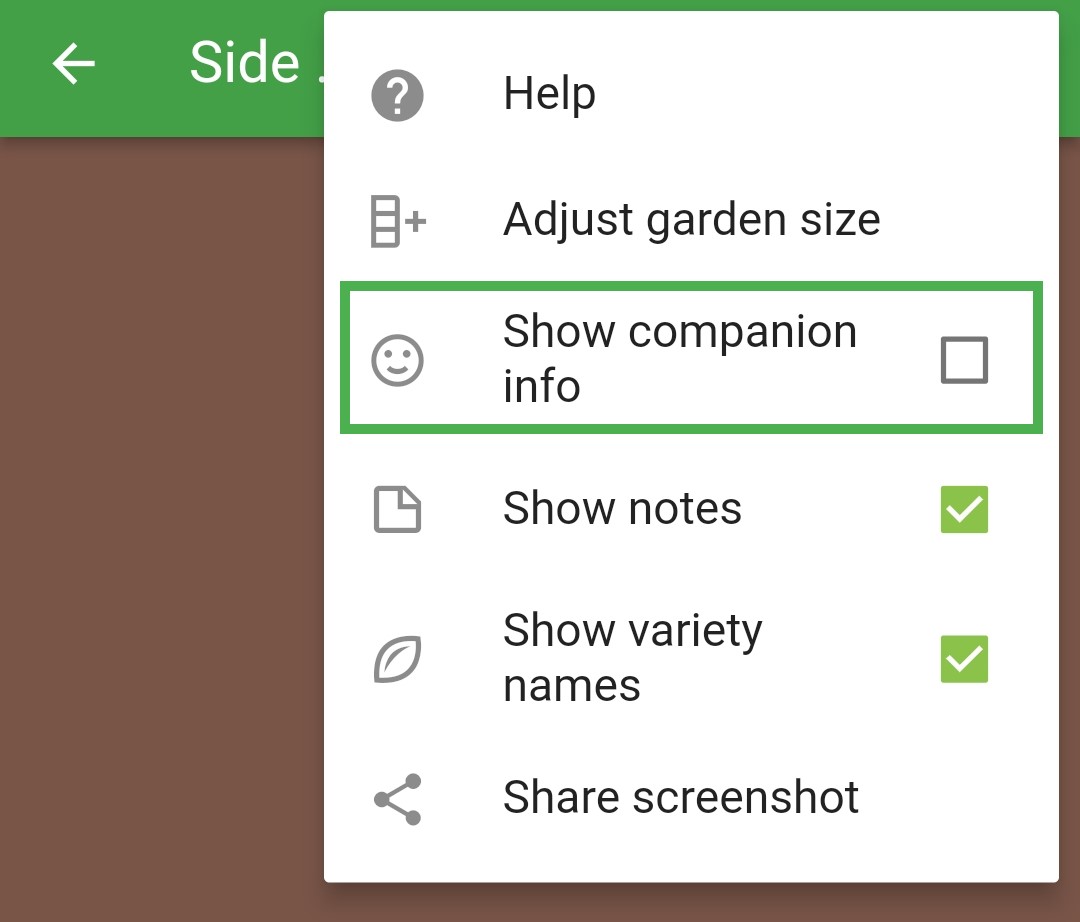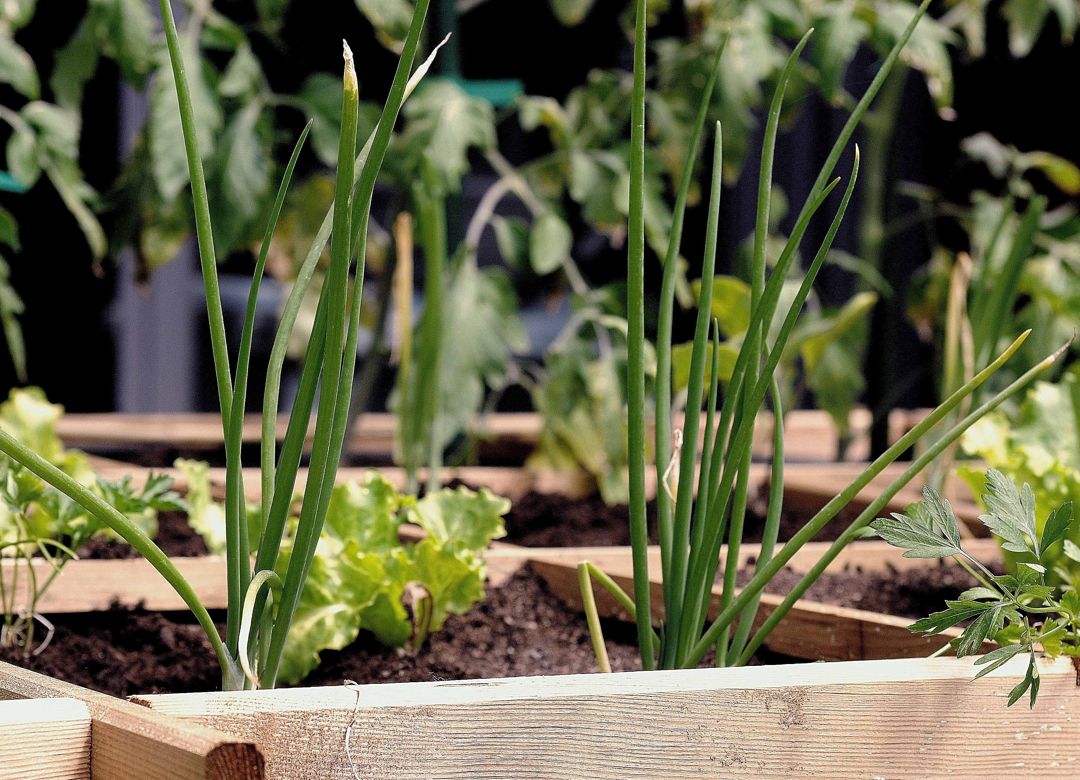While snow has been flying outside the Planter team has been hunkered down inside working on the latest Planter feature updates…and we are very excited to launch enhanced companion planting relationships in Planter!
(Not familiar with companion planting in Planter? Check out this how-to article and our blog post on companion planting for more info.)
Install the latest version of Planter to start using the enhanced companion planting features:
-
Icons that show companion plant benefits and combative plant drawbacks at a glance

-
Arrows to indicate which plant is offering a benefit or causing a problem (in some cases, it’s both!)

-
The rationale for why the plants are considered companions or combative, so you can decide which relationships are most important in your garden plan

We’ve been diligently digging through companion planting resources to ensure the companion and combative plant relationships in Planter are as current and well-backed as possible. We’ll continue to update relationships as new information becomes available!
With the enhanced companion planting features, you might notice there are some common plant relationships that have been excluded:
- Flavor: because flavor is subjective, we are not including relationships where the primary benefit or drawback is a change in flavor.
- Intercropping: since Planter doesn’t support intercropping (yet!) we haven’t included relationships where the benefit comes from growing in the same garden space e.g., where a fast-growing plant is planted in the same space as a slower-growing plant.
- Trap crops: trap crops are plants that pests prefer to eat, therefore keeping them away from your desired crop. Since trap cropping often involves planting the trap crop a short distance away from the plants you want to protect, creating a protective trap crop border, or removing the trap crop once it becomes heavily infested, we have not included trap crop relationships.
- Similar needs: we have not classified plants with similar growing requirements as companion plants. To find plants with similar growing requirements, check out the How to Grow info in Planter.
Opinions can be mixed on whether plants in the same family (e.g., brassicas, nightshades, cucurbits) are companions or combative. Some say they are companions since they have similar needs. Others say they are combative since they can share pests and diseases and in some cases can compete for nutrients. Where information conflicts, we classified plants in the same family as combative.
If you’re not planning on using companion planting in your garden you can now switch the companion planting indicators off. Just select the three dots in the upper-right of your garden then uncheck Show companion info:

We hope you find these updates handy! As always, if you have Planter feature requests you can log them and upvote existing requests in the feature request list. We regularly review this list to plan upcoming features.
Happy garden planning!
- The Planter Team
